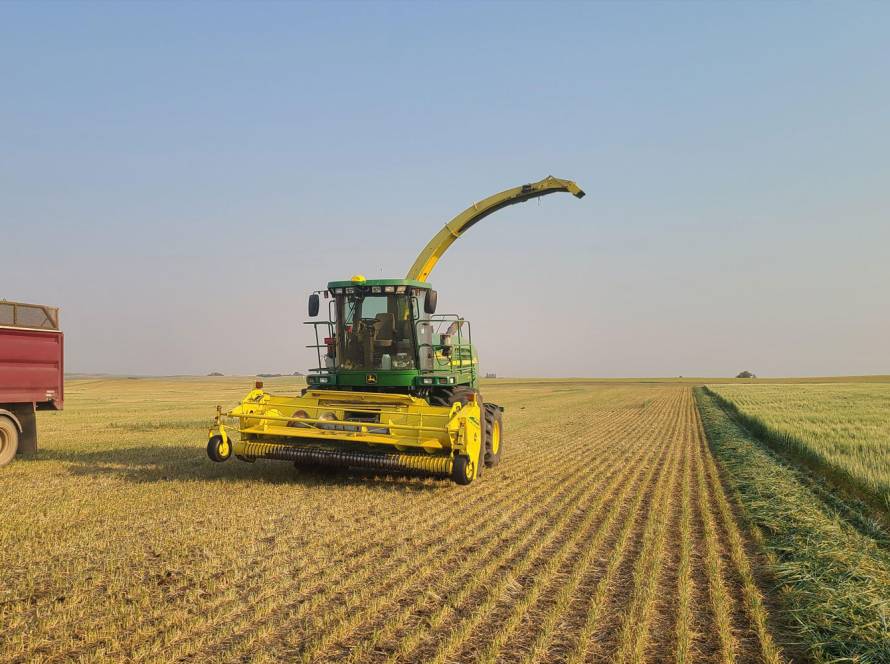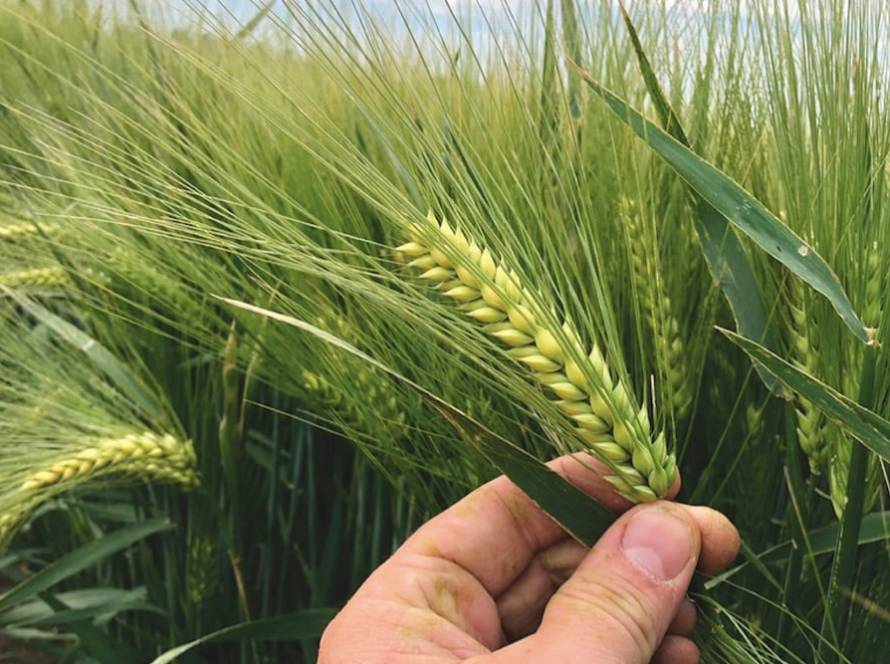Silage plays a crucial role in livestock nutrition, especially in regions where fresh forage availability is limited. Among the most common silage options, corn silage and barley silage are widely used. Both provide energy and nutrients essential for animal health, but their suitability often depends on climate, feed goals, and farming practices. Let’s compare the two to help you decide which might be better for your herd.
1. Nutritional Value
-
Corn Silage: Known for its high starch and energy content, corn silage supports higher milk yields in dairy cattle and promotes weight gain in beef cattle.
-
Barley Silage: Rich in fiber and protein compared to corn, barley silage helps improve rumen function and can balance the diet with a steady supply of digestible nutrients.
2. Climate Suitability
-
Corn Silage: Performs best in warm climates with longer growing seasons, where it can reach full maturity for maximum starch content.
-
Barley Silage: Better suited for cooler regions and shorter growing seasons, making it a reliable option in northern climates.
3. Harvesting & Yield
-
Corn Silage: Generally produces higher yields per acre but requires more water and longer growing periods.
-
Barley Silage: Lower yield compared to corn, but it grows faster and can be harvested earlier, allowing crop rotation flexibility.
4. Animal Performance
-
Corn Silage: Ideal for high-energy diets, boosting milk production and fattening efficiency.
-
Barley Silage: Improves rumen health, making it a good complement in mixed rations where forage quality is a priority.
5. Cost & Risk Factors
-
Corn Silage: Higher input costs (seed, fertilizer, irrigation) and more susceptible to drought stress.
-
Barley Silage: Lower input costs and greater resilience to unpredictable weather conditions.
Conclusion
There’s no one-size-fits-all answer to whether corn or barley silage is better—it depends on your farm’s goals and environment.
-
If your priority is maximum energy and yield, corn silage may be the right choice.
-
If you need flexibility, protein balance, and cooler climate adaptability, barley silage is a strong option.
Many farmers find the best results by combining both, creating a balanced ration that supports animal health and performance year-round.



